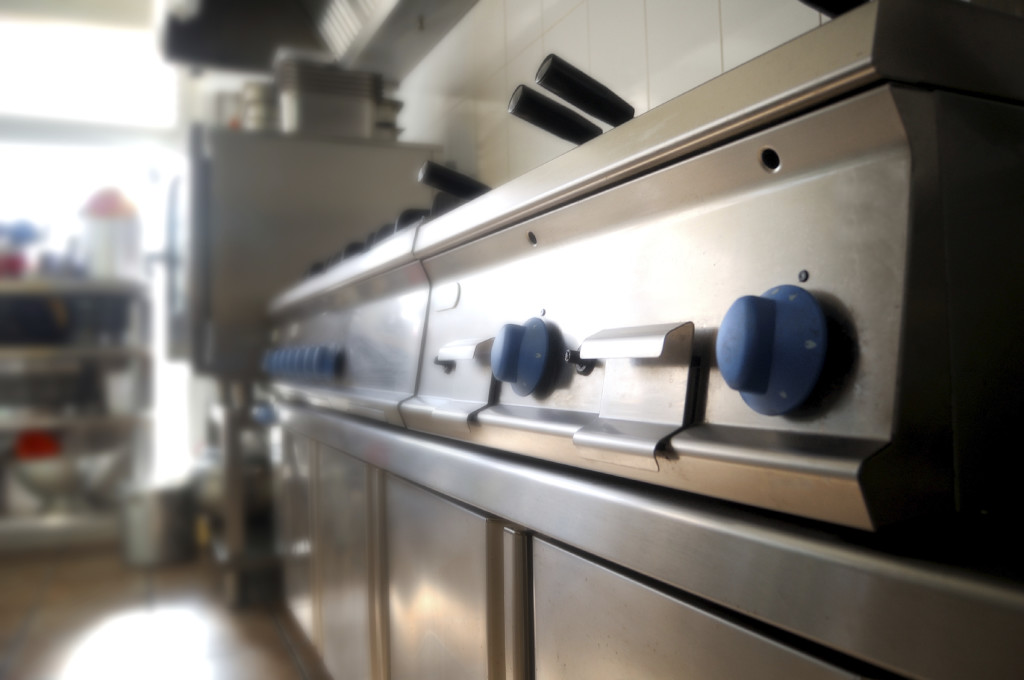A good gas range is the center and the soul of a restaurant or commercial kitchen, and every kitchen is different. Choosing the best unit to suit your specific needs can be a challenge, but if you keep a couple things in mind buying the range you need shouldn’t be hard.
BTUs and Gas Type
Commercial ranges vary in the heat output they produce, which is measured in BTUs (British Thermal Units). Depending on the cooking application and energy usage concerns, you may want to purchase a unit with a higher or lower BTU rating.
Higher BTU ranges are going to heat things faster, but at a higher rate of energy consumption. A higher BTU rating also means quicker heat recovery times
Lower BTU rates will heat things more slowly, but more efficiently. Lower BTU ratings mean a slower heat recovery time
Most gas ranges are outfitted for natural gas. Natural gas is the most common gas type and chances are you are hooked up to natural gas. LP gas or liquid propane is the gas you get if your range is connected to a propane tank, usually for rural locations or portable operations.
griddle and Charbroiler Add-On Options
Griddles are ideal for cooking multiple foods at once. The large, flat metal plate that makes up the griddle distributes heat evenly over the entire surface. Heat can be controlled either manually or thermostatically. A grease trough allows for easy cleaning.
Charbroilers allow you to broil poultry, seafood, and meat quickly and effectively. Most restaurants and commercial kitchens purchase a separate charbroiler unit, but combination range and charbroiler units can be special ordered.
Necessary Accessories
Casters allow you to move your commercial gas range quickly and easily for cleaning or rearranging. Manufacturers charge a ridiculous fee for casters that come with their restaurant cooking equipment. Instead, buy your casters separately and save a bundle.
Gas hose connector kits allow you to connect your new restaurant range to your kitchen’s gas source, whether it’s natural or LP gas. Make sure you check the diameter of your range’s connection before ordering.
Don’t Forget Your Altitude!
If your commercial kitchen or restaurant is above 2,000 feet in elevation, you may need to have the gas valves on your new range adjusted. Make sure you tell the manufacturer or vendor you’re buying from if you are located above 2,000 feet.
 Corner Booth Blog | TundraFMP Restaurant Supply, News & Equipment Blog
Corner Booth Blog | TundraFMP Restaurant Supply, News & Equipment Blog





Can you tell me what the BTU rating is on a commercial gas stove. The big burner.
Regards
MC Botha
Hey MC,
It varies depending on the range. Take a look at the gas ranges on eTundra.com and look at the specs for each one – you’ll see a BTU rating in the bullet points below the product image.
My brother gave me a 64 inch Majestic commercial gas range. It is at least 25 years old. Is this safe for residential use?
Generally, commercial ranges are not safe in residential homes because they aren’t insulated (warranties are also not held up in residential homes). But, if you have the space for one, we recommend at least 6″ between the stove and cabinets to avoid fire hazards.